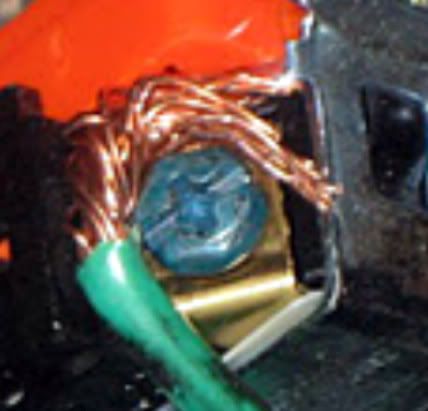rustyman
New member
- Location
- Afghanistan
Hello From Afghanistan
Would Like to get some opinions on wraping stranded wire around a screw on a receptical switch.
Would Like to get some opinions on wraping stranded wire around a screw on a receptical switch.


